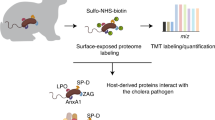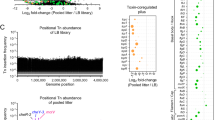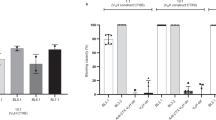Abstract
Vibrio cholerae is the causative agent of the infectious disease, cholera. The bacteria adhere to the mucosal membrane and release cholera toxin, leading to watery diarrhea. There are >100 serovars of V. cholerae, but the O1 and O139 serovars are the main causative agents of cholera. The present study aimed to compare the severity of intestinal mucosal infection caused by O1 El Tor and O139 V. cholerae in a rabbit ileal loop model.The results showed that although the fluid accumulation was similar in the loops inoculated with O1 and O139 V. cholerae, the presence of blood was detected only in the loops inoculated with the O139 serovar. Serosal hemorrhage was confirmed by histopathological examination and the loops inoculated with O139 showed massive destruction of villi and loss of intestinal glands.The submucosa and muscularis mucosa of the ileum showed the presence of edema with congested blood vessels, while severe hemorrhage was seen in the muscularis propria layer. The loops inoculated with O1 El Tor showed only minimal damage, with intact intestinal villi and glands. Diffuse colonies of the O139 serovar were seen to have infiltrated deep into the submucosal layer of the intestine. Although the infection caused by the O1 serovar was focal and invasive, it was more superficial than that due to O139, and involved only the villi. These observations were confirmed by immunostaining with O1 and O139 V. cholerae-specific monoclonal antibodies. The peroxidase reaction demonstrated involvement of tissues down to the submucosal layer in O139 V. cholerae infection, while in O1 El Tor infection, the reaction was confined mainly to the villi, and was greatly reduced in the submucosal region. This is the first reported study to clearly demonstrate the histopathological differences between infections caused by the O139 Bengal and O1 El Tor pathogenic serovars of V. cholerae (atif et al., 2009).
Similar content being viewed by others
Article PDF
Author information
Authors and Affiliations
Corresponding author
Rights and permissions
About this article
Cite this article
Baig, A. Comparison of histopathological*features of Vibrio cholerae O1 El Tor and*O139 Bengal infections in rabbit intestinal mucosa. Nat Prec (2011). https://doi.org/10.1038/npre.2011.6418.1
Received:
Accepted:
Published:
DOI: https://doi.org/10.1038/npre.2011.6418.1



